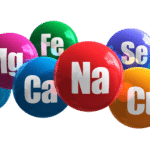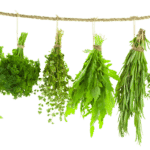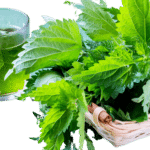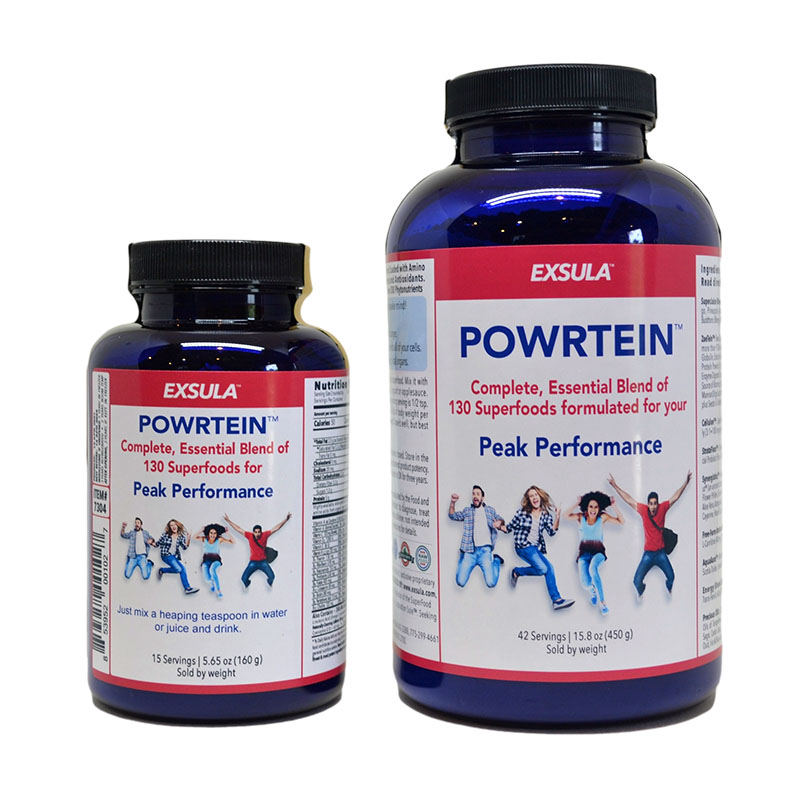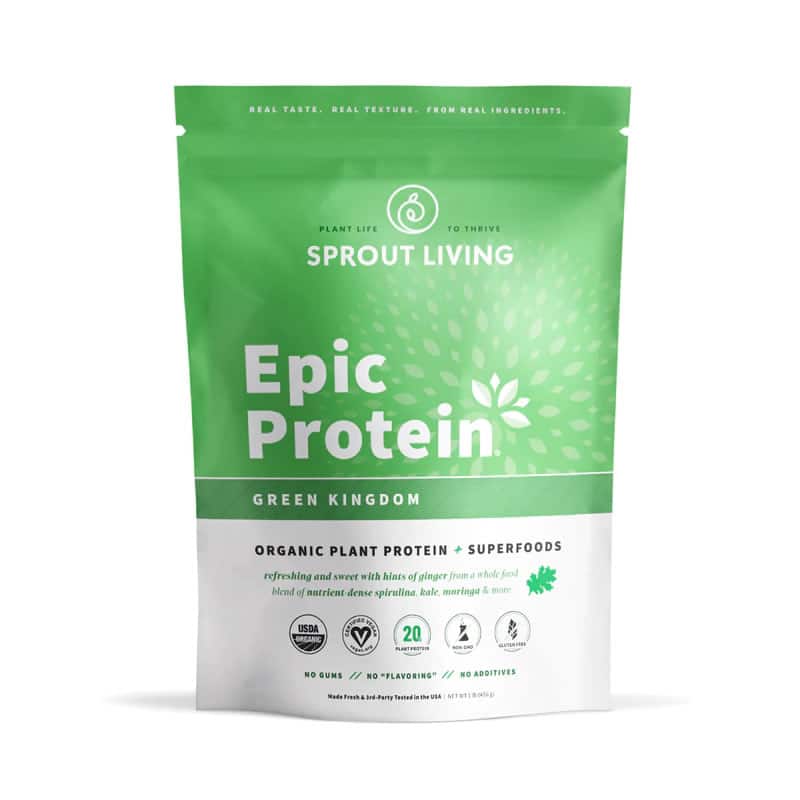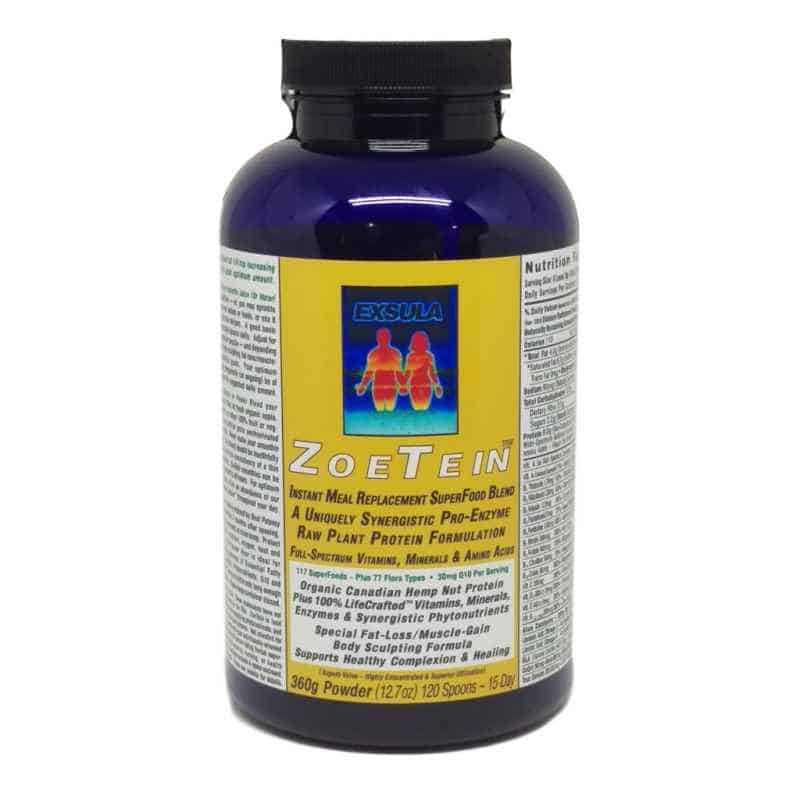No products in the cart.
Sports Injuries, Prevention and Tips
Our muscles grow stronger with use. To function properly, a muscle must be relaxed and flexible. Tension and tautness reduce the flexibility of a muscle. Over time, a tight muscle becomes shortened, tense and painful. It then becomes vulnerable to tearing.
Preventing Muscle Injuries
Always warm up and stretch before physical activity.
Cold, stiff muscles are more prone to injury. Warm up with jumping jacks, stationary cycling or by running or walking in place for three to five minutes. Then slowly and gently stretch, holding each stretch for 30 seconds. Similarly, always cool down following activity.
Work up to intensity.
Gradually increase the intensity and duration of physical activity. As your fitness level improves, you will be able to work out with more intensity without risking injury. Whenever possible, use the “10 percent” rule. (When upping your activity level, increase it by no more than 10 percent per week. Use the 10 percent rule as your guide for aerobic training as well as for strength training.
Don’t be a “weekend warrior”.
Trying to fit all your physical activity into two days sets you up for trouble and does not increase your fitness level. Try to get at least 30 minutes of moderate physical activity every day. If you can’t fit this in, you can break it up into ten-minute sessions of activity. Remember that “moderate” physical activity includes things like walking the dog, working in the garden, and taking the stairs instead of the elevator.
Take lessons and invest in good equipment.
Even if you have been playing a sport for a long time, lessons or coaching are a worthwhile investment. Proper form and technique reduce the chance of developing an “overuse” injury like tendonitis or stress fractures as well as a pull or strain. Select the proper shoes for your particular sport and use them only for that sport. Replace them as needed.
Listen to your body.
As you grow older, you may find that you are not as flexible as you were, or that physical activities that once seemed pleasurable are now causing you pain. While no one likes to admit that they are growing older, you will be able to prevent injury by toning down your activity to accommodate your body’s needs.
Develop a balanced fitness program.
Incorporating cardiovascular exercise, strength training and flexibility will keep you from getting bored and lessen your chance of injury. You will also benefit from the balanced nature of this program.
Don’t ignore aches and pains.
If you feel pain in a body part as a result of activity, rest or reduce your activity for a few days. This will help you avoid more serious problems.
Wellness Tips
Sustained a sports injury? The following tips will help your body repair itself in as short a time as possible.
Rest up!
It’s tough to rest when you’re an athlete but you will heal better if you do. If possible, keep up your activities through cross-training.
Resume regular activity gradually.
Start out slowly, remembering to reduce your “normal” duration/intensity of activity. (If you run, go for a shorter distance; if you lift weights, do fewer reps with a lighter weight.) Stop immediately if you feel any pain.
Eat to Heal!
Take note of your nutritional status. It is especially important to eat high-quality Protein to help repair the tissues. You may want to consider a vitamin-mineral supplement as well, especially if you are unsure if your diet includes what nutrients you may need.

